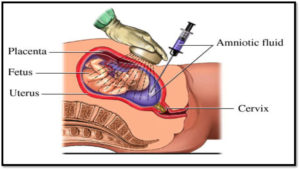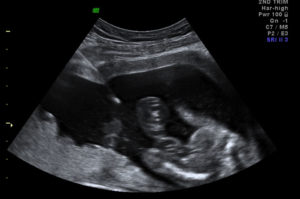Amniocentesis
About Us
The Canberra Fetal Assessment Centre (CFAC) is a complete and unique obstetrics and gynaecology ultrasound service. Our experienced doctors and sonographers provide an expert service specialising in maternal and fetal Medicine and women’s health.
Address
- CFAC Bruce
85/15 Braybrooke Street
Bruce ACT 2617
- CFAC Deakin
Suite 3-7,
175 Strickland Crescent
Deakin ACT 2600
Phone
(02) 6162 0582
hello@cfac.com.au


